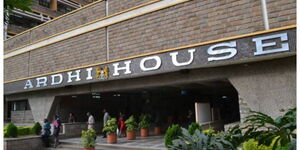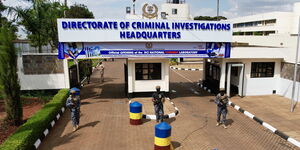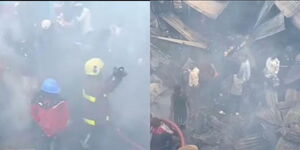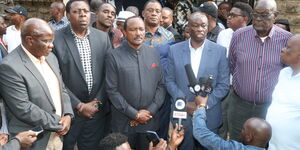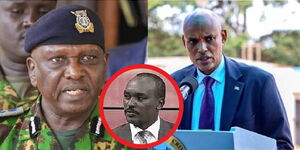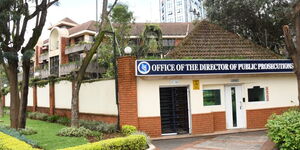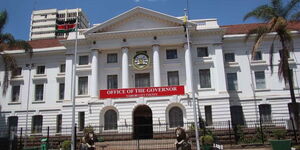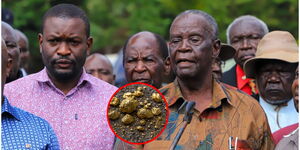Complex structures in Kenya portray different visual impressions depicting how engineers thought outside the box in the construction process.
The unique architectural designs and symbols on roads, buildings and facilities carry deeper meanings and significance.
In Kenya, the majority of engineers draw their prowess from architectural inspiration by sharing their vision for infrastructure.
They construct buildings in honour of their culture, and history or to leave a mark, among many other reasons.
Nairobi Expressway Toll Stations
The 27-kilometre elevated road has 11 toll stations and 27 toll plazas.
It was built by China Road and Bridge Corporation (CRBC) under a public-private partnership model at a tune of Ksh88 billion.
The toll stations resemble the Gate of the Ghosts in China. In Asian countries, the Gate of the Ghosts plays a significant role during the Ghost Festival celebrated in the seventh month of the lunar calendar.
It is reported that the King of Hell opens the Gates of the Ghosts to free those who have suffered and had been imprisoned in hell all year round.
In Nairobi Expressway, the toll stations resembling Gates of the Gates are meant to live a mark of the Chinese architectural prowess in Kenya.
Standard Gauge Railway (SGR)
The Mombasa- Nairobi Standard Gauge Railway (SGR), a flagship project of vision 2030, was built by Chinese contractors.
They portrayed their architectural prowess in elevating the 578.8 km line, especially along the Nairobi National Park.
The thought process behind the elevation of the SGR in Nairobi National Park was meant to cause minimal disturbance to wild animals.
Chinese engineers also resolved to preserve the ecosystem by employing pillars' elevation design.
Tambach Teachers College
Tambach Teachers College in Elgeyo Marakwet county was designed by an Israeli architect.
Its aerial view resembles the Jewish Star of David.
The symbol comprises two overlaid equilateral triangles forming a six-pointed star.
It appears on synagogues, Jewish tombstones, and the flag of the State of Israel.
The thought process of the Tambach TTC was to leave a mark on Jewish culture in Elgeyo Marakwet and celebrate their contribution to Kenya.
Swastika Symbol on Kenyatta National Hospital
Swastika symbols are conspicuous in the Kenyatta National Hospital buildings.
The symbol - an equilateral cross with arms bent to the right at 90° angles - was discovered carved on a 15,000-year-old ivory figurine of a bird made from a mammoth tusk.
From its earliest conception, the symbol is believed to have been positive and encouraging of life.
Engineers intentionally used the Swastika symbol while building KNH to give hope to the sick and their families.
KICC
The Kenya International Conference Center tower has always given Nairobi a unique identity.
Commissioned by Founding President Mzee Jomo Kenyatta but finished in 1973, KICC's architectural design depicts how engineers went overboard in coming up with the concept.
David Mutiso, one of the architects, claimed that the donkey's penis inspired the building.
Norwegian architect Karl Henrik Nøstvik, who co-designed the building alongside Mutiso, maintained that the amphitheatre might symbolize a baraza.
“The tower has also been called Mzee’s [Jomo Kenyatta’s] Index Finger, and the tower and the amphitheatre together the Corn Cob and the African Hut," Nøstvik wrote.
Despite the clash of ideas, the building was to communicate the country's culture and uniqueness.
Jimi Wanjigi's Muthaiga Home
Businessman Jimi Wanjigi's Muthaiga home cost approximately Ksh1 billion.
It was designed by Perla Lichi (a luxury interior designer for both residential and commercial) based in the US.
The house features different designs borrowed by China. The engineers applied Feng Shui's principles to the estate's interior and exterior.
Wanjigi's estate portrays Thailand's culture with a mixture of Chinese.


